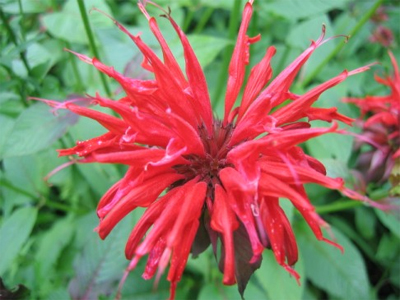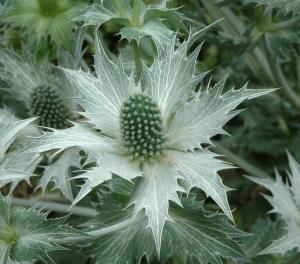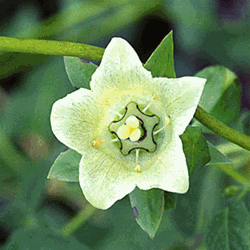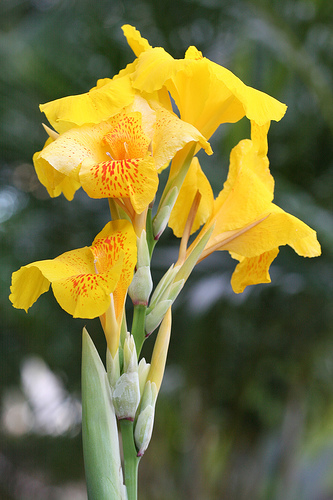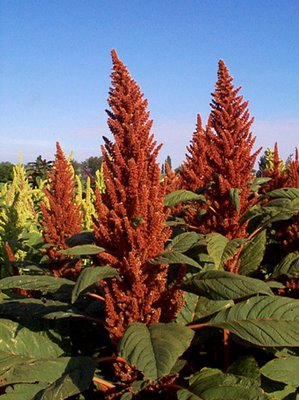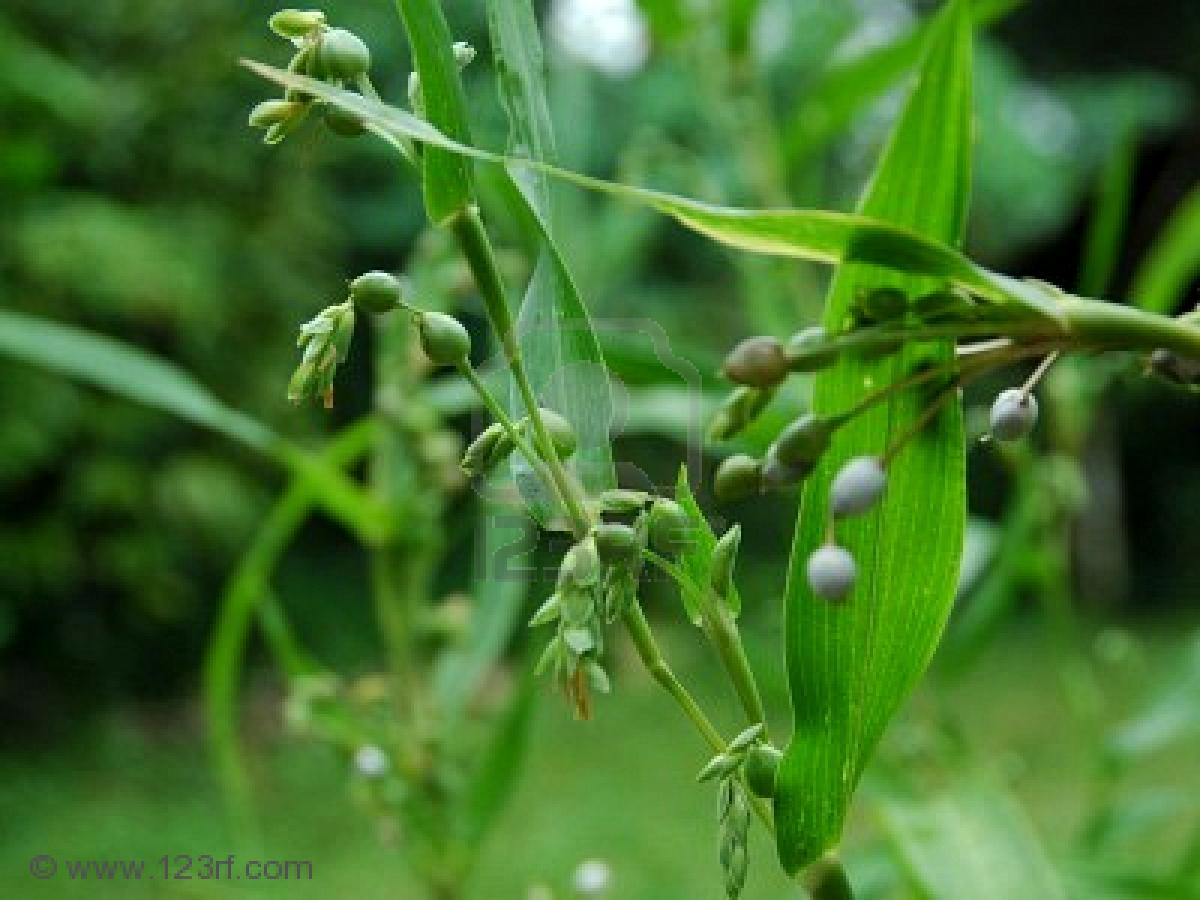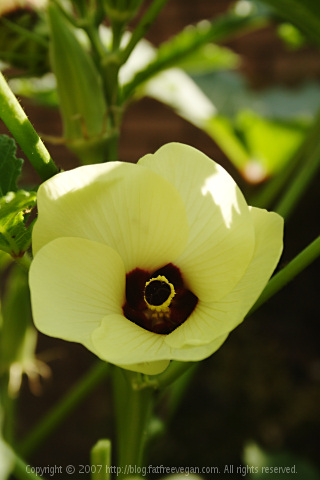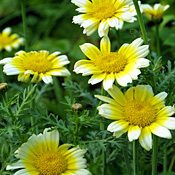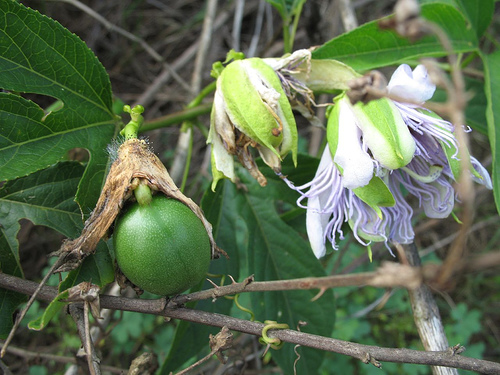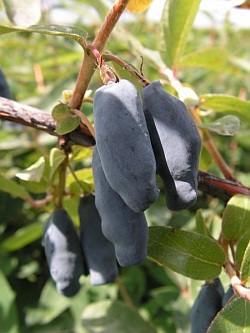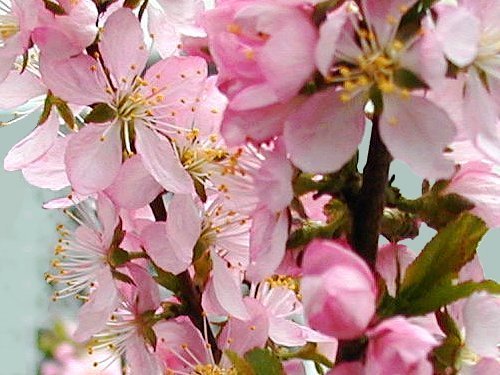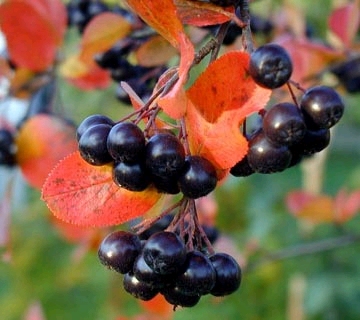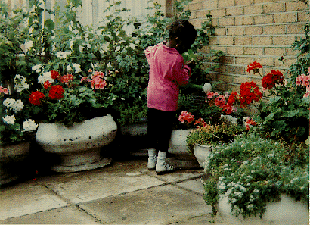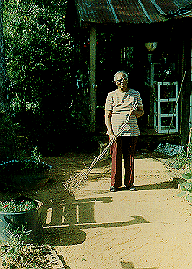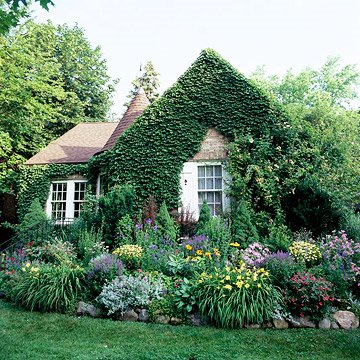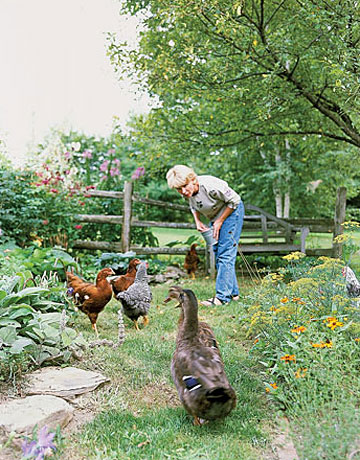Food Production, Food Preservation, Food Storage - A Three Legged Stool
admin April 25th, 2011
Periodically someone will come up to me and denigrate one of the three things discussed here, while praising the others. For example, someone will tell me that food preservation is simply too much work, and not worth their time, but assure me they do have a garden and store food for a crisis. Other times, someone will tell me they don’t bother to garden because “other people will just come and steal your garden” or “gardening doesn’t pay.” Sometimes food storage is the target - after all, the commenters observe, eventually stored food runs out, right?
While I’m always grateful to see people picking up on one or two of these principles (after all, the average American practices none of them), I do find myself troubled by the idea that one can grasp the need for and merits of one, but not another. To me, they look like a three legged stool, on which a very basic concept - food security - rest. And like most three legged stools, you can’t sit on it with one of the legs missing.
If we are to make by necessity or desire, a shift to a lower input society, it is necessary to take the lessons learned in other lower-input societies and ask the question - what are the major food security issues likely to be? We already see from the current recession that food issues are more acute than they were anticipated to be - the newest set of numbers is likely to show one in every seven Americans and one in every three children, for example, requiring food stamps. Six million plus American households have no income at all except food stamps. Food pantries and soup kitchens are dramatically overdrawn - and need cannot be measured by output, because demand so dramatically exceeds it. And yet, just a few years ago at the beginning of the recession, we were told that food insecurity was unlikely to be a major issue in the US as it was in the Great Depression. It turns out that in reality, food insecurity has risen much faster than expected, and the food crisis in the global south is playing out in parts of the developed world as well, and stands only to get worse.
It is simply clear that food is going to be a central site on which this crisis plays out - and because of this, it is necessary that we take lessons from our own history and from other societies that use less energy in their food system to begin to predict what will be needed. What we know, doing so, is that we will not have a viable food future without all three legs of the stool standing solid.
Food production is probably the easiest sell - gardening is trendy, it is pleasurable, and we all know that food straight from the garden is both more delicious and more nutritious than broccoli from the grocery store that is five or six days old. Heck, the salad you pick outside your door even has it over the good stuff from the farmer’s market. Still, there are plenty of people who don’t grasp the importance of gardening, or who don’t think their gardens can make a difference in food security.
Let’s look at the evidence, however. We know, for example, that in 1944, US Victory Gardens together produced as much produce as all the truck and produce farms in the entire US - fully half of the vegetables in the US came from victory gardens. We know that urban gardening in cities in the Global South (and historically in the Global North during times of crisis including the Great Depression, Europe after WWII, Russia after the Soviet Collapse etc…) has helped make the difference between nutritional inadequacy and adequacy. Consider, for example, in Tanzania, where involvement with urban food production means that poor children whose families garden and/or raise livestock have nutritional status equal to middle class children.
The historical evidence is very, very clear - in difficult times (which, realistically are likely forthcoming, and in many respects already here), gardening is a basic way that people who are struggling put food in the table. To those who observe that urban and suburban gardeners can’t grow all their food - this is absolutely true. What small gardens do is make the difference between an unremitting diet of staples and a nutritious, tasty diet. They can grow chiles to spice their food, greens to keep their children from getting sick from nutritional deficits, fruits to add sweetness and flavor to bland diets. Add small livestock living on garden wastes and human food wastes, and as long as you are able to buy a small amount of staple grains in a market, you can live. All of us know that meat and veggies are expensive - for poor people, affording these things is a much bigger issue than getting ahold of some staple foods.
For larger households, gardens can provide staples as well - although we are accustomed to seeing grains as our primary staple, root crops have operated, particularly in cold climates, as staple foods - “vegetables” doesn’t mean “lettuce” - it can also mean staple foods like potatoes, sweet potatoes, turnips, beets and other filling root crops that supported the people of Northern Europe for decades.
At both the household level and the regional level, a sweeping view of gardening is best - in much of the global south gardens cover rooftops, balconies, marginal space along roads and railroad tracks, and it includes marginal weeds on which local livestock pasture, fallen tree branches that provide fire wood or brush for staking and building, and perennial crops that belong to the whole community - bamboos whose shoots are taken home from the park, fruiting street trees, and wild edibles. Consider the difference that planting food-producing street trees alone could make. Perennial edibles represent a kind of garden bank account on which the community can draw on for pleasure and upon need.
Ok, we’ve established the not-very-difficult case for why we need to garden. Why is food preservation a fundamental pillar? The reason is pretty simple - in just about every place on earth, there is a season in which not much grows that well. It could be the dry season, the hot season or the cold snowy one, but gardens slow down or stop, and not much fresh is coming out them. Even in places where there is year round production, there are also bumper years and bad years - years in which everything does well, and years in which everything - or some important things do badly. The ability to preserve what you grow for periods in which such things are not available is central to the project of food security - because most of us can count on some periods where we either will not be able to garden or where not much is available.
Moreover, one of the examples to look at is that of the global south, where food is wasted in more or less the same quantities as it is here. The difference between the Global North and the Global South is pretty dramatic, however - overwhelmingly almost half the food produced in the Global South is lost because it cannot be preserved. Lack of refrigeration or adequate storage, lack of techniques for food storage, problems with transportation. In the Global North, more than half of all food wastage is lost after it is transported from the field, in stores and in our kitchens. This gives us a sense of our future - we may find ourselves with a great deal of food loss due to problems of preservation, unless we can support and build the infrastructure for preserving food in a lower-energy input society.
That infrastructure doesn’t have to be industrial - it might be simple as large solar food dryers and better storage to keep grains away from rodents. It would include networks for delivery and distribution by bicycle, water, rail or other ways, so that food doesn’t rot in the fields. It might include strategies used in the pre-oil era, in which families took their “vacation” to help harvest and preserve crops like hops or fruit, acting as migrant laborers in exchange for fresh air, accomodations and good food. It may also include something like the rural dachas of Russia, where urban dwellers grow their gardens and preserve homegrown and wild foods for the long winter to come.
I wrote _Independence Days_ in large part in response to a question a woman once asked me. I was speaking at a conference, and the woman, an urban dweller, asked me what she was supposed to eat once her 22 week CSA subscription ran out, and what people had eaten in the past. I observed that they ate preserved and stored food and she asked me who did that - beyond Clarence Birdseye, the answer that was that there are some small producers out there that to produce high value (and usually high cost) preserved foods, but for the most part, this was a do-it-yourself job - the next logical step in eating out of your garden was to take what is abundant and make it last.
You can, of course, purchase preserved foods, and store them that way, but this is much more expensive proposition, and it isn’t a terrifically strenuous one. Despite the rhetoric of standing over a hot canning kettle, the actual work load of slicing some fruit and sticking it in a solar dehydrator or an electric one, or canning up some chicken broth is not terrifically demanding. Many people hear the word “food preservation” and think “canning” - but while canning is one strategy for preserving food, it isn’t the only or best one. Indeed, if one couldn’t survive without canned food, the human race would not exist, since it was invented only in the 19th century. It is a lovely addition to people’s tool box, but root cellaring, in garden-storage in clamps and with mulches, dehydrating, lactofermentation, and the rest of the toolbox will get you everywhere you need to go if you prefer.
What about food storage? What does that have to do with anything? Most of us have fond memories of grandma and her homemade pickles or whatever else - we may think it is too hard or too much work, but we can see the point. Food storage, however, having pantry that can sustain an extended period without a trip to the store, well, that seems weird. Our society does a great deal to make it seem weird, pushing us to view stored food as the territory of survivalists with bunkers and guns.
This is very strange, because of course, storing food is one of the most basic things humans do - first they preserve it, then they put it by for years of shortfall. Consider the Biblical Story of Joseph, who tells Pharoah to put up food for the days when “there will be no food in all the land.” It was considered a simply responsible and necessary thing to do - in fact, food preservation and the storage of food for the cold season is an older human activity even than agriculture - we have been reserving our bounty for times of hunger for as long as we have been human, or nearly.
Why might we need stored food? It could be as basic as a period when we are ill or out of work, and unable to shop. It could be a supply interruption or a natural or non-natural disaster (think Japan) that contaminates or prevents food from reaching us. It could be a medical crisis that require isolation and reduced contact and makes shopping risky. It could be a short term power outage or a several month supply interruption. Indeed, most of us experience periods in our lives when stored food is or would be valuable. This is so normal that the US government, the US and International Red Cross and most governments recommend that people store food.
It is something that must be done in anticipation of a crisis - in a crisis, storing up food when shortages are already present is viewed as hoarding and can be discouraged, penalized with social consequences, or outright illegal. In order to ethically ensure a reliable food supply during a period of constraint, you need to have a reliable supply of food all the time. Moreover, all the evidence suggests that we waste the least amount of stored food when we base our storage on what we eat already, and include it in our daily diets and rotations.
The line between preservation and storage is very fine - once you have done the work of preserving food, you need to know how to store it. Some people’s food storage consists entirely of things they have grown themselves, other people rely heavily on food produced elsewhere. Since most of us rely on dry staples, often these will be grains produced in other places, but this varies from situation to situation.
Preserving food is not like preserving works of art, or insects in amber - it doesn’t last forever. So preserved food must be properly stored, in order to maximize both its lifespan and its nutritional value. With grains, this may be a matter of putting them in air-tight containers in a place without wild temperature fluctuations or too much moisture for years. For lactofermented food, it may be finding a cool basement spot or underground spot to allow it to last a few months. Without the knowledge to both store food correctly and integrate in your diet, all your money or labor in preservation and purchase is wasted - instead of reducing waste by preserving a bountiful harvest, you are simply throwing money and food out the window. And none of us can afford that.
Nor can any of us afford to believe that natural or human-caused disasters, economic crises and other hard realities will never affect us. None of us can rely entirely on stores and good fortune in a world where climate-linked disasters are on the rise and where instability of all kinds is the normal.
Without all three legs of the stool, you place yourself, your family, your community at risk. With all three legs integrated, we have the beginnings of a model of collective food security on which we can build. If there is a leg that is weak, wobbly or absent on your stool, time to make it strong and build it up.
Sharon
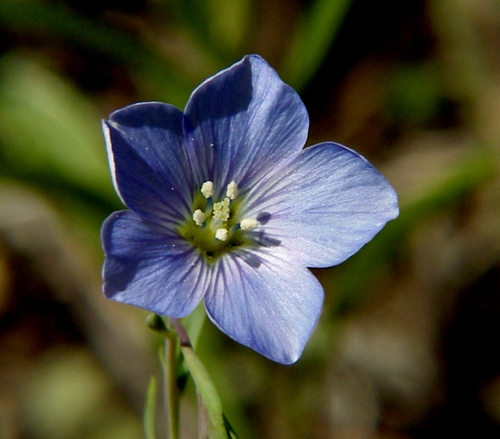
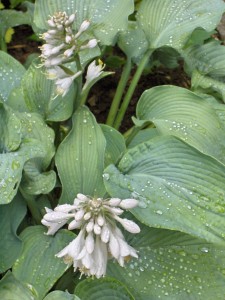
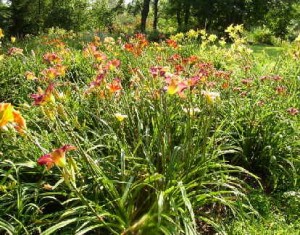
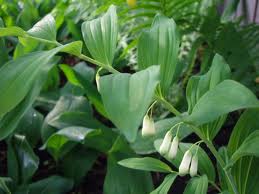
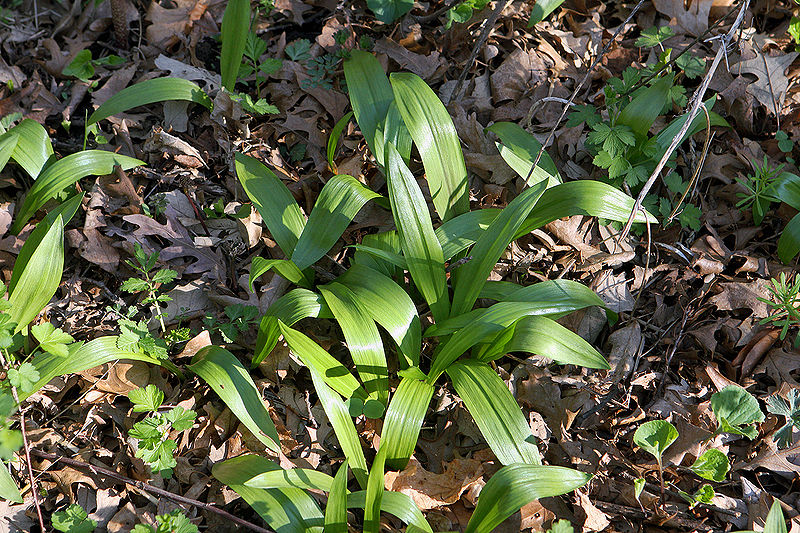
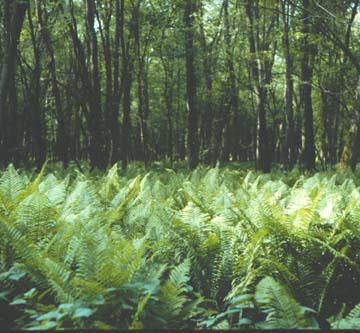
.jpg)
